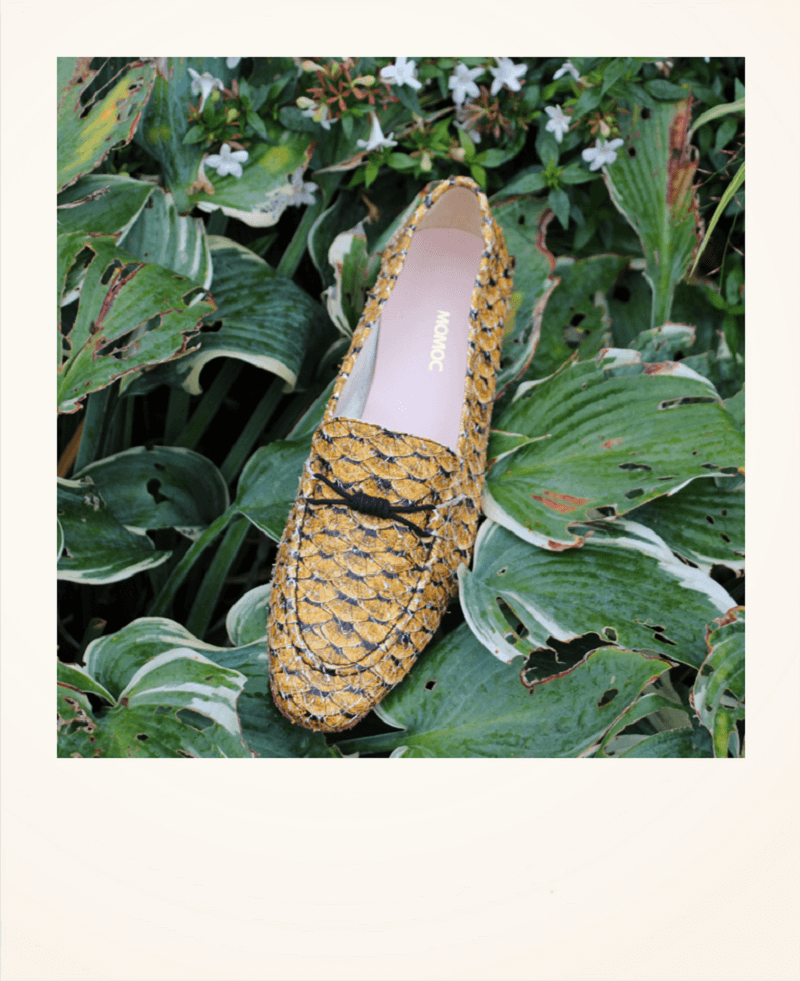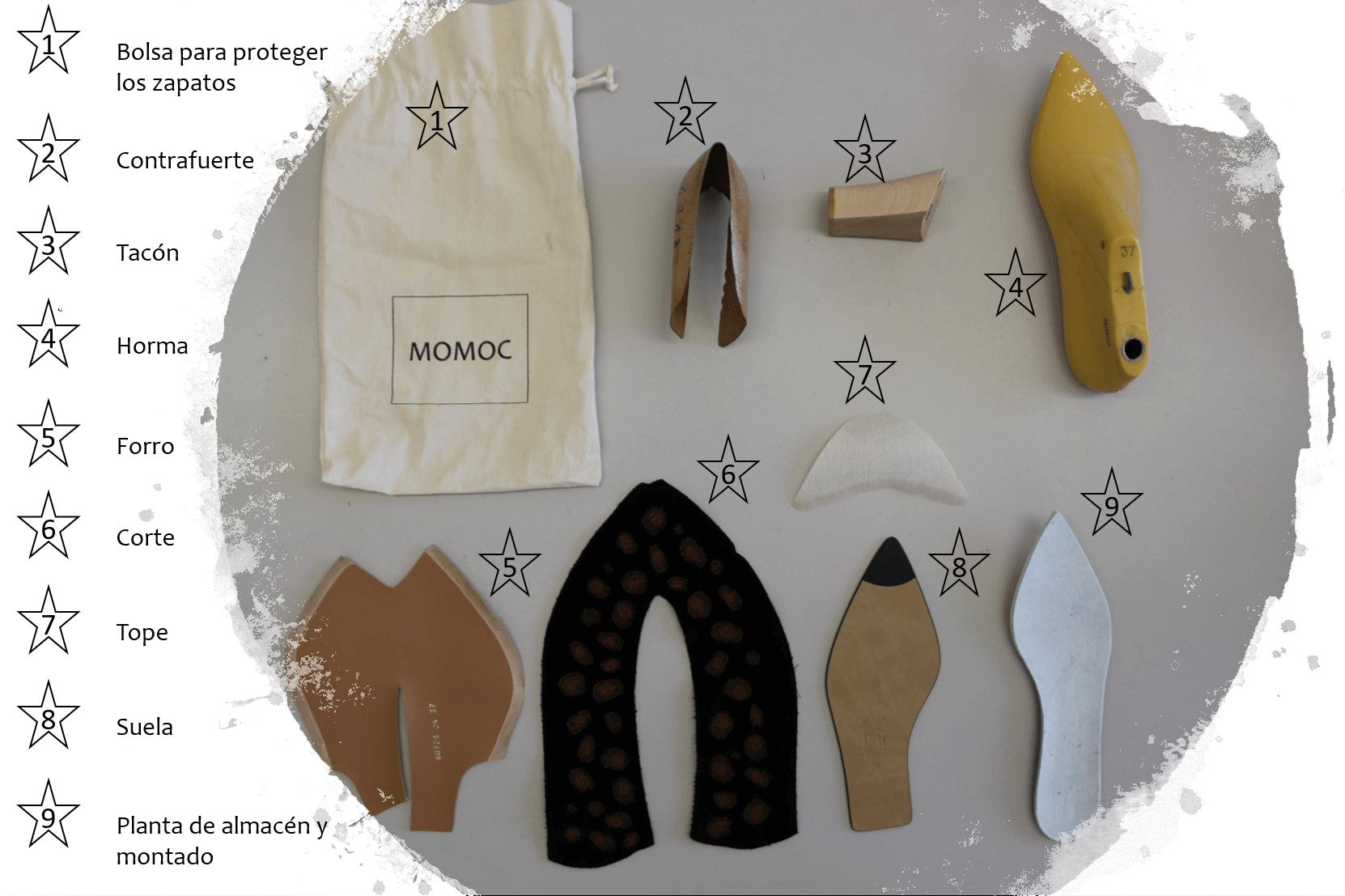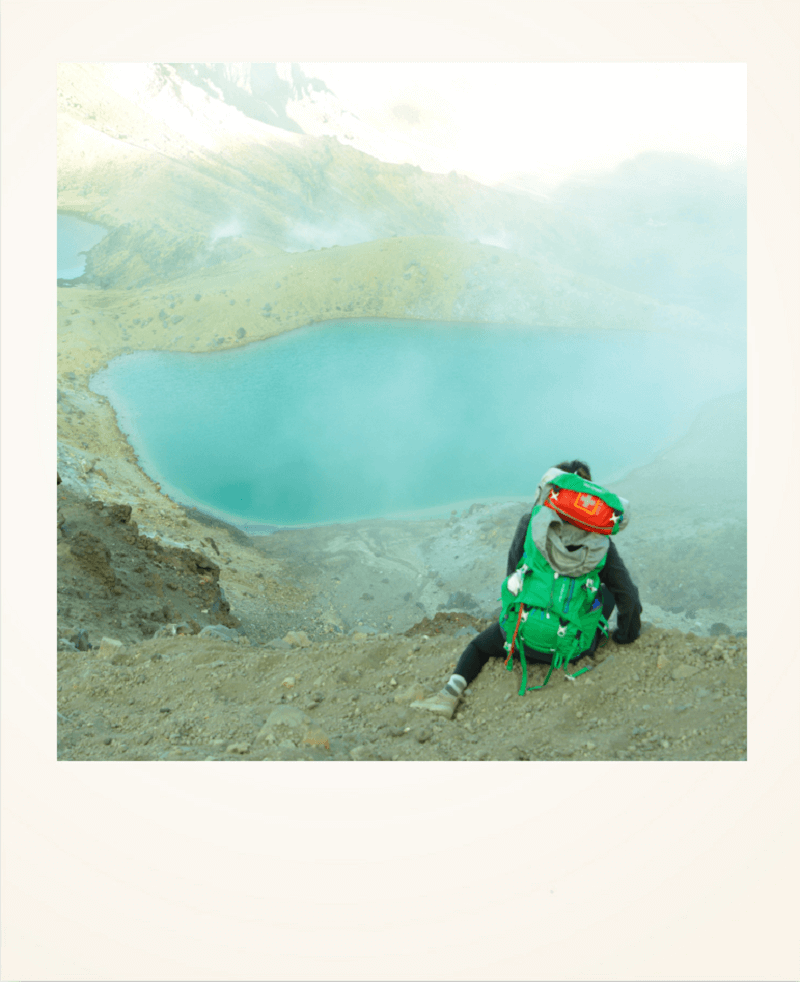At Momoc, we have a soft spot for loafers and ballet flats. We think they're comfortable and simple shoes that adapt to any situation: from a morning at the office to a cocktail party, a business meeting, or a stroll through your favorite city. Their adaptability makes them essential in our collections, designed for women who improvise and stretch their days as much as possible, like us.
We love pairing our loafers and ballet flats with jeans and skinny jeans. Black is even better, so the shoes take center stage. In autumn, they look great with long coats. And they add a touch of personality to leather jackets and bandeau T-shirts. Plus, they fit anywhere. So they're a perfect choice for weekend getaways in Europe or business trips.
We could write three more articles listing the advantages of loafers and ballet flats, but you probably didn't know these interesting facts.
The term "moccasin" comes from makasin, which means shoe in the Algonquin language of the Powhatan people.
So this type of footwear was traditional among Native Americans. They were made by women, with glued soles and one or two pieces of animal hide. Men, women, and children wore identical moccasins.
The design traveled from America to Norway
Norwegians returning from the New World fused the design of indigenous moccasins with that of traditional fishermen's shoes. American soldiers traveling to Norway during World War I were fascinated by this type of footwear and brought it back to America.
It began to become popular among the American bourgeoisie in the 1930s.
The GH Bass & Co. brand launched the Weejun men's model in 1936. The brand name fused Indigenous and Norwegian origins. In fact, the term Weejun is a phonetic variation of the Norwegian word.
One of the most used moccasin models in England was called the penny loafer.
The nomenclature refers to the central slot, which could easily fit a penny. Several stories we've found online tell of the English bourgeoisie of the time keeping a penny in their moccasins for use in case of emergency or unexpected situation, but this fact is not historically proven. What is clear is that in the last century, a penny went a long way.
They became the college shoe of American society in the 1940s.
Thanks to their design, their comfort, and the fact that they also became fashionable among writers of the famous Lost Generation.
The great Audrey Hepburn popularized the use of loafers among women
At first, they had to buy men's models in children's sizes. Thank goodness... we didn't live through that period.
Gucci was the one who brought loafers to the upper echelons
With the Horsebit model, with much more stylized shapes than usual and made of polished calfskin.
In 2013, coinciding with the sixtieth anniversary of Gucci's first loafer design, the brand opened an exhibition on the history and curiosities of these shoes.
The exhibit included the loafer design Madonna wore to the MTV Video Music Awards, Brad Pitt's loafers in Fight Club, and the ones popularized by Jodie Foster in the 1970s.
The most expensive loafers in the world cost no more and no less than two million dollars.
Yes, you read that right. They were designed by Tom Ford, who threw away seven pairs of shoes in search of the perfect model. That doesn't seem sustainable at all, by the way. Rapper and actor Nick Cannon was the recipient of these very expensive loafers made of white gold and adorned with fourteen thousand white diamonds, almost nothing. About 2,000 hours were invested in their creation, almost nothing either. Many of the sustainable loafers Some of our exclusive collections cost less than two hundred euros, and they're also very good, right? We'll let you know without a doubt. And you know, We make them under responsible manufacturing criteria , they are respectful of the environment and here, like in our mothers' homes, nothing is thrown away.
So, what did you think of the article? I bet you didn't know about many of these interesting facts? Now you see moccasins in a different way, right?
We plan to talk a lot more about loafers and ballet flats. This article is just a starter. We want to show you looks and style tips from our customers, tips to make them last longer, interesting facts about their manufacturing process here at Momoc, news about the planet, and how we can do our part… Above all, we'd love to hear your ideas for stories that interest you—about loafers, ballet flats, sustainable living, your actions, or anything else you like. Feel free to send us your suggestions to: momoc@momocshoes.com . And if you'd like us to keep you up to date with our monthly posts, subscribe to our blog !
A big hug and see you next time.



